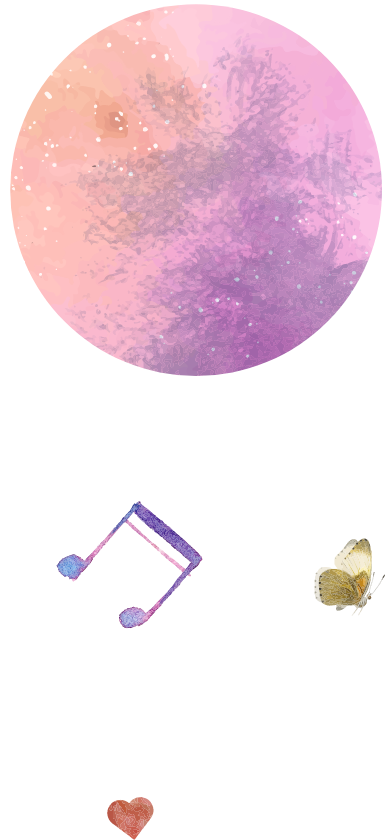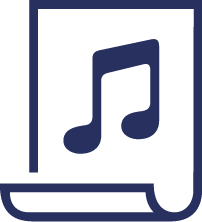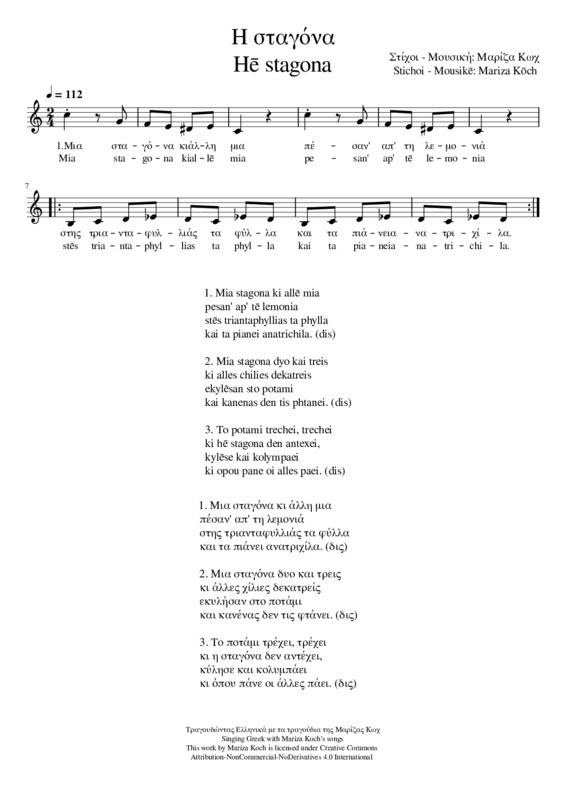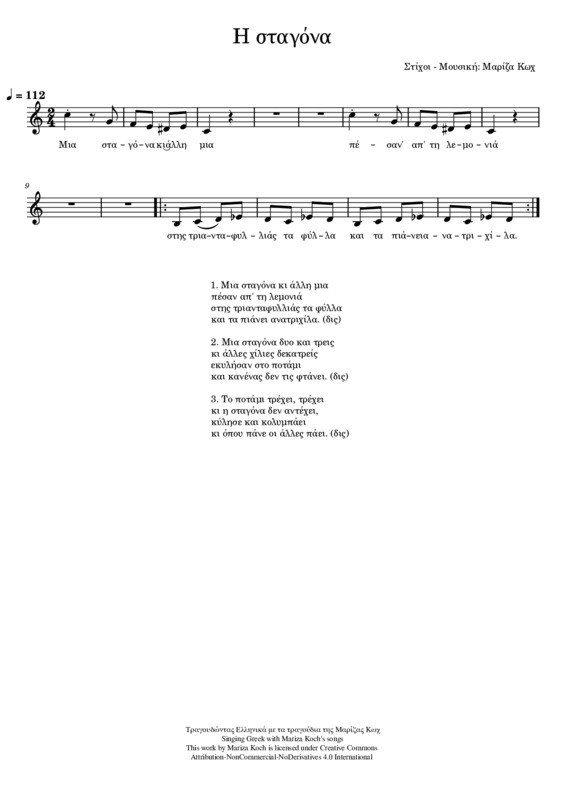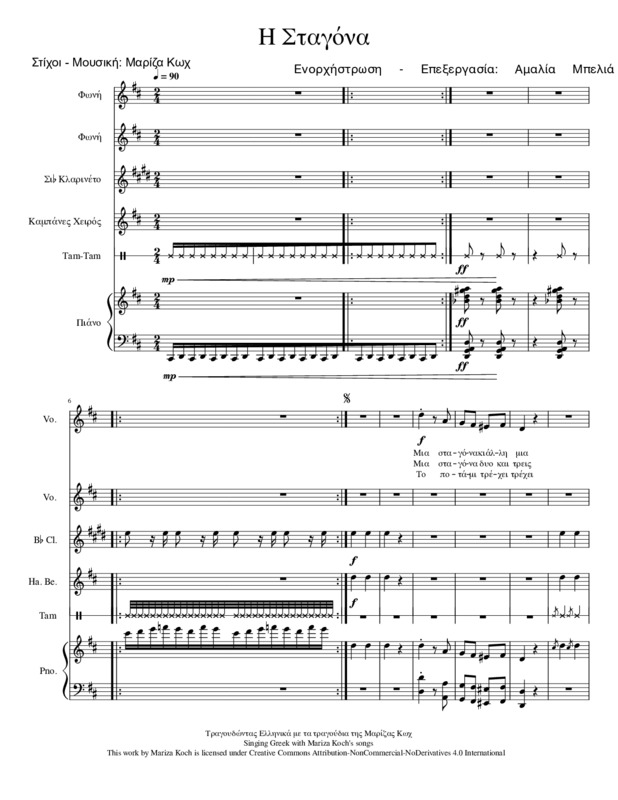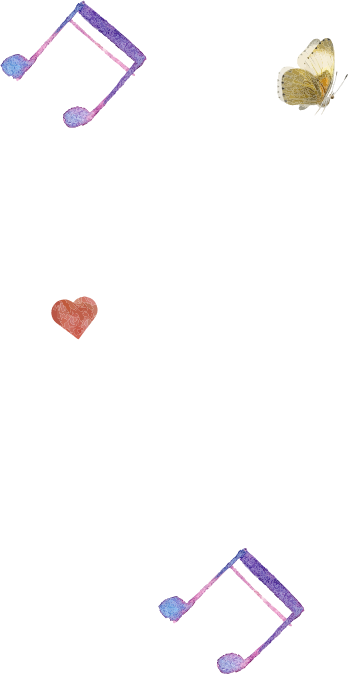
Hē stagona

Hē stagona
Pronunciation
Articulation of the phoneme /α/ (/a/). The objective is the good articulation of phoneme /a/ in the song: mouth in oval shape.
Practice with phrases that convert all vowels into a, i.e. Καλαμάρα [Kalamara] instead of καλημέρα (kalēmera=good morning), πανταλάνα [pantalana] instead of παντελόνι (panteloni, pants), etc.
Practice with phrases that convert all vowels into a, i.e. Καλαμάρα [Kalamara] instead of καλημέρα (kalēmera=good morning), πανταλάνα [pantalana] instead of παντελόνι (panteloni, pants), etc.
Speech Comprehension and Production
Feminine nouns in -a with the same number of syllables [i.e. σταγόνα (stagona=drop), ανατριχίλα (anatrichila, goosebumps), τριανταφυλλιά (triantaphyllia=rose plant), λεμονιά (lemonia=lemon tree)]. Convert the third-person narrative of the poem into a) first-person narrative with topic "My journey to the river" and b) dialogue. // Recite and discuss Zacharias' Papantoniou poem "Το ποταμάκι" (To potamaki) that deals with the water cycle. Look for similarities and differences between the two poems.
Music Activities
Sing with the accompaniment of percussion instruments in quarters and eighths.
Practice the phonation of staccato during singing. Sing the song "Η σταγόνα" (Hē stagona) and another well-known song using staccato. Identify sounds of nature reminiscent of staccato.
Explore sounds corresponding to various forms of the drop (drizzle, rain, drop in a water puddle, drop on a metal surface, drop on leaves, etc.).
Create a rain soundscape following a scenario made up by the class using percussion instruments.
The pupils capture and perform a soundscape composition related to the drop on a graphic sheet music (the activity can be done in two groups, and each group performs its own graphic sheet music as well as the one of the other group).
Divide the class in three groups where each group draws a verse. The drawings are then put in a line and the singing continues.
The children place themselves in a circle, each one of them holding a cup or a bottle of water or a water balloon and at the strongest beat of each duple meter they offer the object to the child standing next to them, so that the senses of phrasing and rhythm are acquired.
Practice the phonation of staccato during singing. Sing the song "Η σταγόνα" (Hē stagona) and another well-known song using staccato. Identify sounds of nature reminiscent of staccato.
Explore sounds corresponding to various forms of the drop (drizzle, rain, drop in a water puddle, drop on a metal surface, drop on leaves, etc.).
Create a rain soundscape following a scenario made up by the class using percussion instruments.
The pupils capture and perform a soundscape composition related to the drop on a graphic sheet music (the activity can be done in two groups, and each group performs its own graphic sheet music as well as the one of the other group).
Divide the class in three groups where each group draws a verse. The drawings are then put in a line and the singing continues.
The children place themselves in a circle, each one of them holding a cup or a bottle of water or a water balloon and at the strongest beat of each duple meter they offer the object to the child standing next to them, so that the senses of phrasing and rhythm are acquired.
Cross-thematic Connections - Greek Culture
Interdisciplinary concept: evolution.
The water cycle: study through related books such as: "Forests make oceans" by Yoh Shomei, the course of water from the source to the sea and its "return" through evaporation and rain.
Explore the "Ενα κουτί γεμάτο νερό" (Ena kouti gemato nero) educational material.
Rivers, bridges and watermills of Greece through selected photographic and audiovisual material.
Mythical entities of Greek mythology associated with water - connection with myths of Africa, Asia, Australia and America.
Visual representation of the element of water from different cultures, times and artistic currents.
The water cycle: study through related books such as: "Forests make oceans" by Yoh Shomei, the course of water from the source to the sea and its "return" through evaporation and rain.
Explore the "Ενα κουτί γεμάτο νερό" (Ena kouti gemato nero) educational material.
Rivers, bridges and watermills of Greece through selected photographic and audiovisual material.
Mythical entities of Greek mythology associated with water - connection with myths of Africa, Asia, Australia and America.
Visual representation of the element of water from different cultures, times and artistic currents.
Age level
7-11 years old
Language level
Beginner
Intermediate
Unpublished
